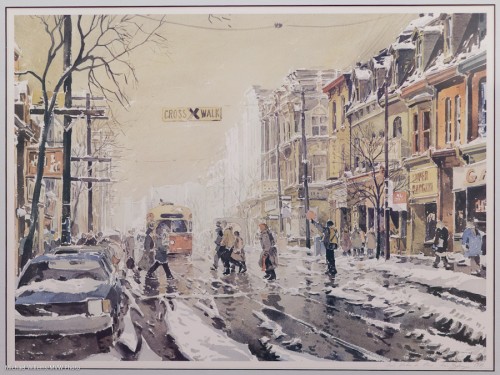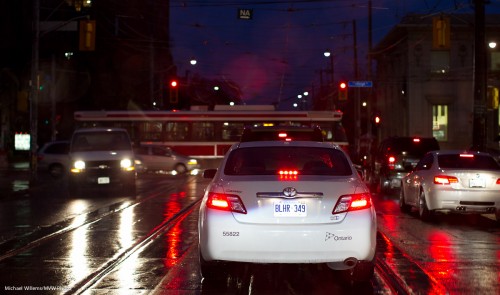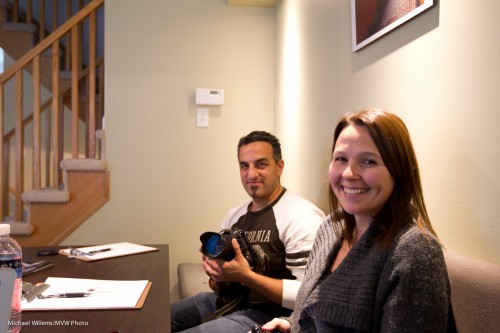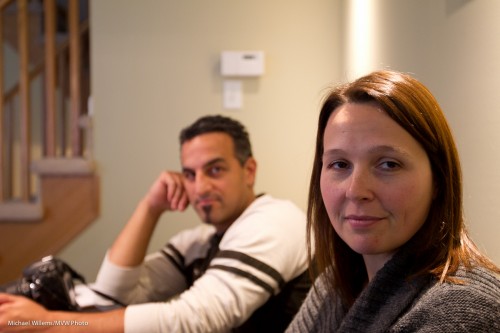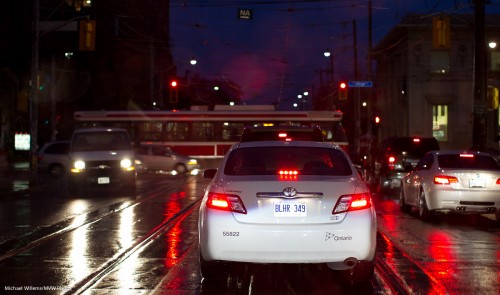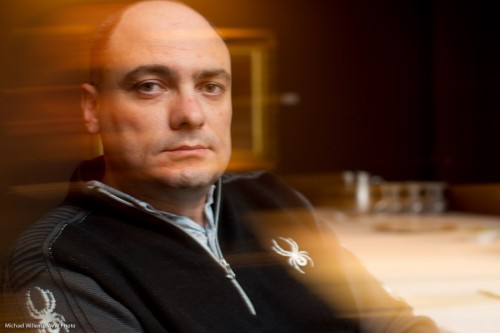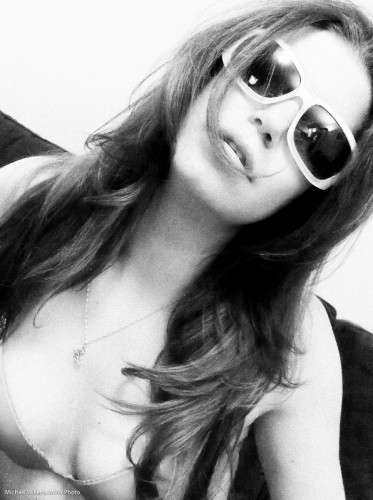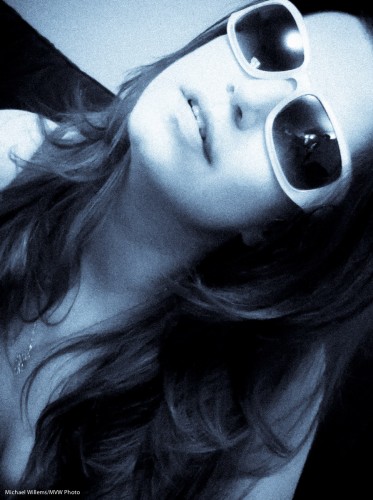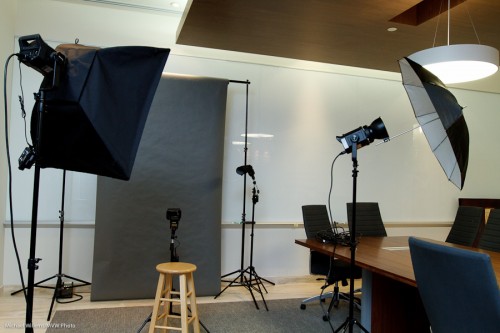On most modern cameras, there are many ways you can tune the camera to your own needs.
One such way is how to focus.
The standard, of course, is: “shutter button focuses (and meters) when held half way down”.
I have a 1Ds Mark 3 with a “noisy” shutter button: it lets go of the focus even when I am holding the shutter button down.
So, custom functions come to the rescue. I have just switched that camera to an alternate way:
- The shutter button, when pressed half way down, only meters.
- It is now the asterisk (“*”) on the back that focuses when I press it (on Nikon cameras, this could be the equally customizable AE-L/AF-L button).
Now I focus with the button on the back. Takes only a few moments to get used to – for me, anyway – and I have worked around the problem.
The point is that you often have alternate ways to operate your camera, and it pays for you to know all these ways. Read the manual and check out all your custom operation functions!



